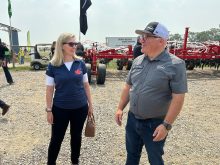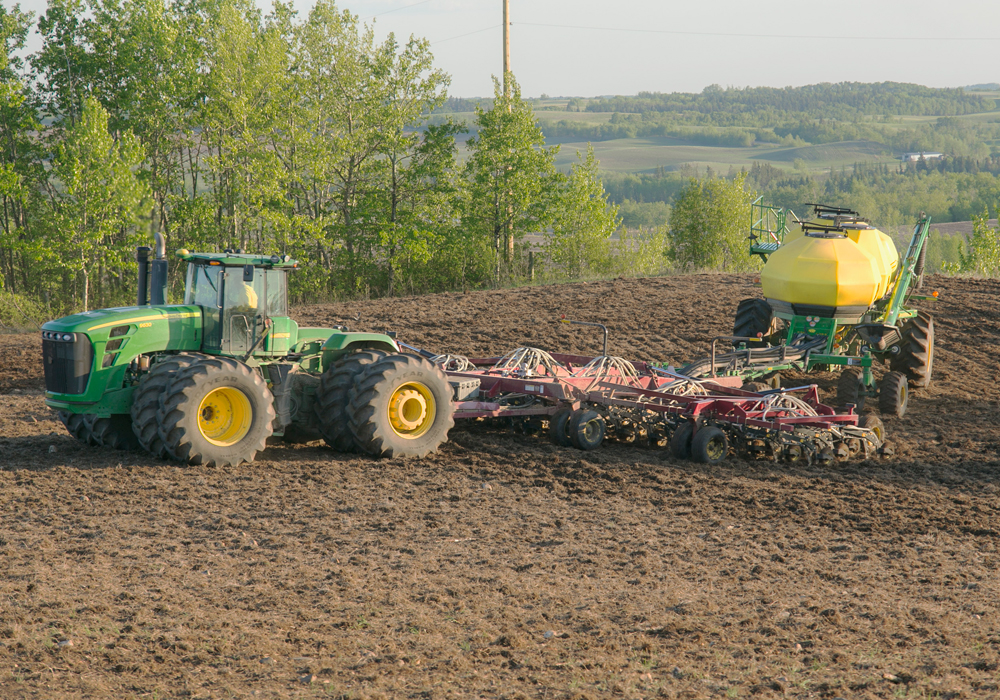BRANDON – Competitors have stolen the premium U.S. horse feed market from Canadian oats, but the crop’s leading analyst says Canadian farmers can grab it back.
But they can’t wait to produce the research that will give them the slam-dunk edge he’s sure they will eventually have. They must act now.
“I’m worried about what we do in the meantime because we can’t just let this go,” OatInsight analyst Randy Strychar said in an interview during the Prairie Oat Growers Association annual meeting in Brandon Dec. 3.
Read Also

Europe holds promise for Canadian lentils
Pulse Canada is trying to help boost lentil consumption in Europe, which is already the fourth largest market.
“We need to be out there explaining why oats need to be in your horse’s diet.”
Prairie oats have long dominated two valuable markets: milling oats for human consumption and feed oats for racing and riding horses. Other than those markets, oats are only a low-value feed.
Human food oats are not always the highest value market. Sometimes horse feed brings better prices because wealthy horse owners are often unwilling to compromise on nutrition for their loved animals.
Demand for horse feed oats has appeared inelastic, seemingly impervious to price impacts, but in recent years alarming signs suggest horse owners are leaving oats behind.
At first this was masked by oats’ premium to corn that lasted for months, allowing oat growers to hope buyers had simply become price sensitive but would return once normal oat-corn spreads re-emerged.
However, horse owners did not return when that occurred in 2008.
Strychar said a dangerous development is the arrival of substitute feeds, such as Cargill’s Oat Replacer, which many horse owners have embraced, convinced that oats are not necessary for a healthy or successful horse.
Strychar said he has no doubt that oats are a better feed for horses than substitutes, but added there isn’t enough evidence for the industry to make such a claim.
Funding that scientific research is essential, Strychar said, so that oat promoters can re-establish the crop’s feed reputation.
However, that research will take years. In the meantime he thinks the industry must persuade horse owners that oats are the natural and best feed for horses. Unfortunately, oats’ competitors have advertising budgets and run campaigns to undermine oats.
“The problem is that there is no advocate for oats in the United States,” Strychar said.
Prairie oat growers and the industry need to pay for a promotion campaign that targets U.S. horse owners, he said. They should not spend their time and money on feed manufacturers because those companies will provide horse owners with what they want rather than lead a change in consumption.
Strychar said rebuilding the horse feed market will help the entire oat industry and won’t compete with the production of milling oats.
Oat acreage in North America has plummeted in recent decades and is now mostly based in a strip from Winnipeg to Edmonton.
Processors are worried farmers will stop growing the crop, so they support anything that makes oats a long-term viable crop for farmers to grow. That includes having more markets than just milling, Strychar said, even if it means higher long-term prices.















